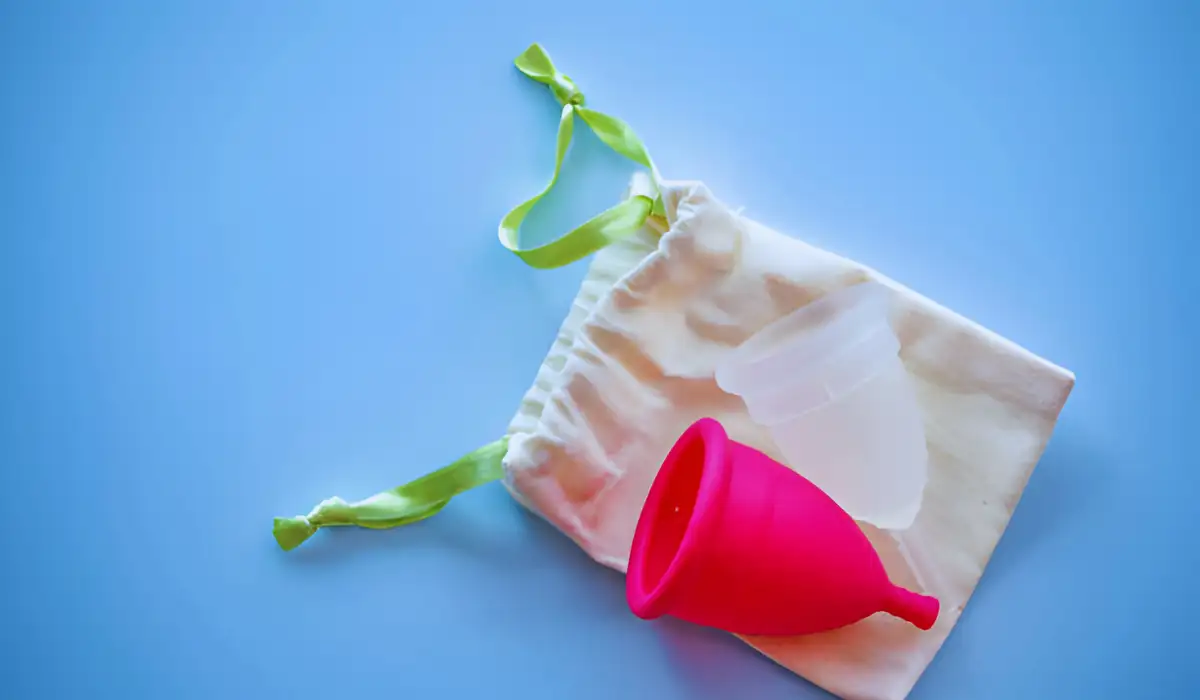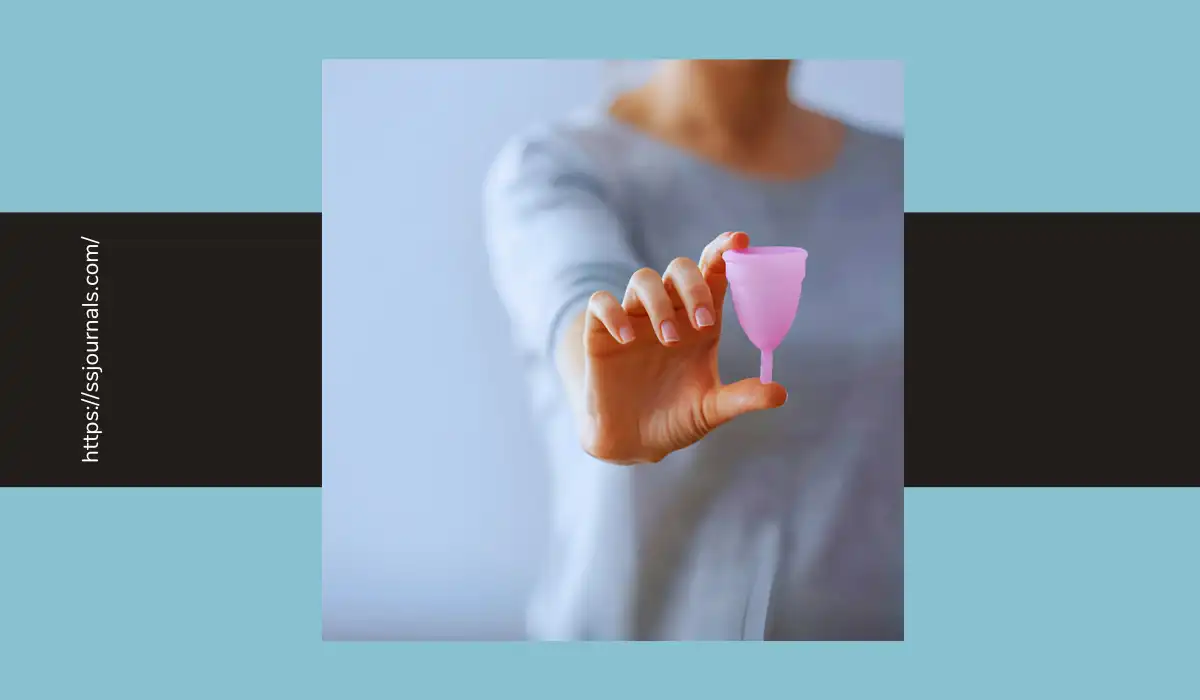Tampons and pads have dominated the period product market for years. But a more sustainable, economical option has been gaining steam lately – the menstrual cup.
These little silicone devices collect your flow rather than absorb it. Menstrual cups promise benefits like longer wear time, decreased waste, and lower risk of leakage or chafing. But the concept can seem foreign at first, leaving many women wondering – are menstrual cups safe?
This article will break down everything you need to know regarding menstrual cups. Learn what they are, how they work, and how to use them properly to minimize risk.
We’ll also explore potential dangers like infections or toxic shock syndrome and compare them to traditional pads and tampons. Let’s shed light on this innovative yet mysterious period product to help you make an informed, empowered decision about whether menstrual cups prove the right choice for your body.
What’s a Menstrual Cup?

Before explaining – are menstrual cups safe? let’s understand what they are A menstrual cup is a reusable cup that is inserted into the vagina during menstruation to collect period blood flow instead of absorbing it like pads and tampons do.
Menstrual cups are usually small, flexible cups made of soft medical-grade silicone, rubber, or latex. They are designed to be folded and inserted into the vaginal canal, where they then pop open to form a light seal against the vaginal walls, creating a reservoir that catches and collects the menstrual fluid.
Rather than soaking up the blood like an absorbent pad or tampon, a menstrual cup simply catches and contains it. This allows a woman to go longer without having to empty it – up to 12 hours, depending on her flow level.
The collected fluid remains inside the menstrual cup until the woman removes it, at which point she can empty the contents, rinse or wipe the cup out, and then reinsert it.
How Do Menstrual Cups Work?
Menstrual cups collect blood inside the cup rather than absorbing flow into fibers like traditional pads or tampons. The flexible cup forms to your anatomy, using suction to stay in place just below the cervix to catch any discharge.
When full, simply remove the cup to empty contents, rinse or wipe clean, then reinsert. Getting the hang of insertion/removal takes practice, but can become second nature with experience for hassle-free, eco-friendly periods.
How to Use a Menstrual Cup?
Using a cup properly is key for comfort and safety. Follow these tips when inserting and removing your menstrual cup:
How to Insert a Menstrual Cup?
- Fold the cup into a “C” shape and angle towards your tailbone
- Gently insert into the vaginal canal until fully enveloped
- Make sure the cup opens to form a seal to prevent leaking
- Spin the cup to ensure it unfolds fully without any pinching
How to Remove a Menstrual Cup?
- Gently pull the stem or base until you can reach the bottom edge
- Pinch the base tightly to break the seal
- Slowly withdraw, angling downwards as you pull
Apply water-based lubricant to ease insertion if needed. Wash hands before and after handling. Sterilize between cycles by boiling or using UV light.
Are Menstrual Cups Safe?
Yes, menstrual cups are generally considered safe if used properly. Here are some key things to know about the safety of menstrual cups:
- Menstrual cups are made from medical-grade silicone, rubber, or latex, which have been rigorously tested and determined safe for internal contact. These materials are non-toxic and hypoallergenic.
- When inserted and fitted correctly in the vagina, there is very little risk of injury or vaginal trauma from menstrual cups. Some mild spotting or discomfort may occur as you first adjust to using them. The cups are designed to be very soft and flexible to prevent damage.
- There is a very small risk of toxic shock syndrome (TSS) when using a menstrual cup, but it is extremely rare. Menstrual cups do not absorb fluid or disrupt vaginal pH like tampons, which reduces TSS risk significantly compared to tampons. Properly cleaning and sterilizing your cup between cycles is vital though.
- You may experience occasional leaking or messiness as you get accustomed to the insertion and removal process. With some practice, most women find this stops. Leaks signify that the cup’s seal was broken or the capacity was reached.
- Use caution removing menstrual cups if you also have an IUD. You need to break the suction seal very slowly and gently to avoid inadvertently pulling the IUD strings.
When handled according to directions, menstrual cups carry very few risks and have an excellent safety profile.
But take care when first adjusting to using them, be meticulous about cleaning between cycles, and monitor your body closely for any signs of discomfort, paying attention to potential IUD complications. Consult a doctor for guidance if concerns arise.
Potential Risks of Menstrual Cups
We have already answered yes to the question – are menstrual cups safe? But that does not mean they are devoid of any risks. When used correctly, menstrual cups prove generally safe with few health risks. However, potential dangers include:
- Urine Retention: Creating a seal over the urethral opening may make urinating difficult. Choose a smaller cup if experiencing issues.
- Vaginal Trauma: Improper insertion, pinching or suction can sometimes damage vaginal tissue, especially in those with sensitive skin or infections.
- Toxic Shock Syndrome: Extremely rare but possible if you don’t sterilize cups thoroughly between cycles.
- Spotting: Some slight spotting can occur, especially as you adjust to using a menstrual cup.
- IUD Expulsion/Dislodgement: Cups may inadvertently pull IUD strings when removing, potentially dislodging the device.
If any severe pain, bleeding, or complications occur, immediately consult your gynecologist. Always monitor your body closely when using a new period product like menstrual cups.
Menstrual Cups vs. Tampons and Pads
Both tampons and menstrual cups are inserted vaginally to absorb flow rather than external pads. However, cups collect significantly more fluid than even a “super” absorbency tampon.
This allows changing as infrequently as every 12 hours rather than every 4-8 hours for tampons. Menstrual cups also create less odor and prove more comfortable for active lifestyles. And due to their reusable nature, they generate far less waste over time.
However, pads allow variable absorbencies to handle unpredictable flow levels. Pads and tampons also avoid potential menstrual cup complications like incorrect usage, vaginal bruising, or suction injuries in those predisposed. Yet both traditional products come with their own drawbacks as well.
Do you now know if menstrual cups are safe? And you are also aware of the benefits they offer. So, weighing your personal preference, flow levels, and comfort you can decide if they would be a good alternative to tampons and pads.
Also Read: Does Caffeine Impact Your Menstrual Cycle? Here’s What Science Says
Conclusion
More women turn to menstrual cups as an economical and sustainable period management option each year. But unclarity around proper usage and risk profiles leaves some wondering – are menstrual cups safe? Especially compared to trusted pads and tampons?
While risks do exist, regarding infections, vaginal trauma, or even TSS if not properly handled, the overall safety profile appears strong. The eco-friendly, convenient design offers arguably better protection against embarrassing leaks and allows a far longer wear between changes. Reusable cups also generate significantly less waste over years of cycles.
However, traditional pads and tampons may better suit those predisposed to heavy, unpredictable periods. Insertable cups also aren’t recommended for those with sensitive vaginal skin or infections. Ultimately, choosing period products constitutes a highly personal decision varying by comfort, budget, flow level, and convenience priorities. This means taking an open-minded yet analytical approach to comparing solutions.
Does the promise of menstrual cups intrigue you enough to give it a try? Share your questions and experiences below!

